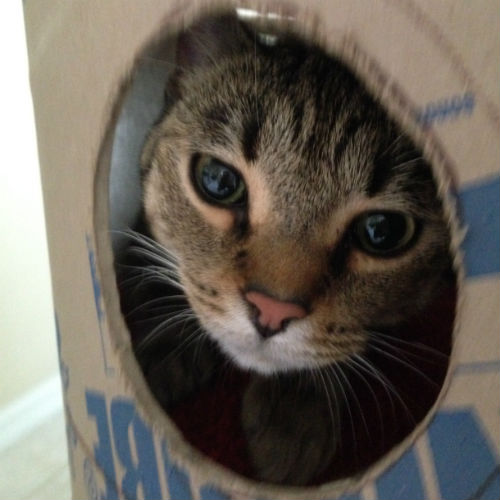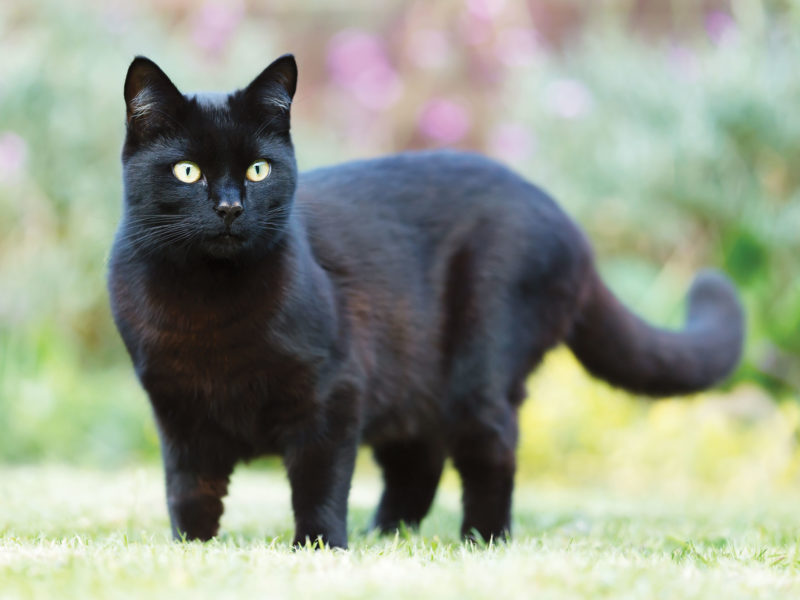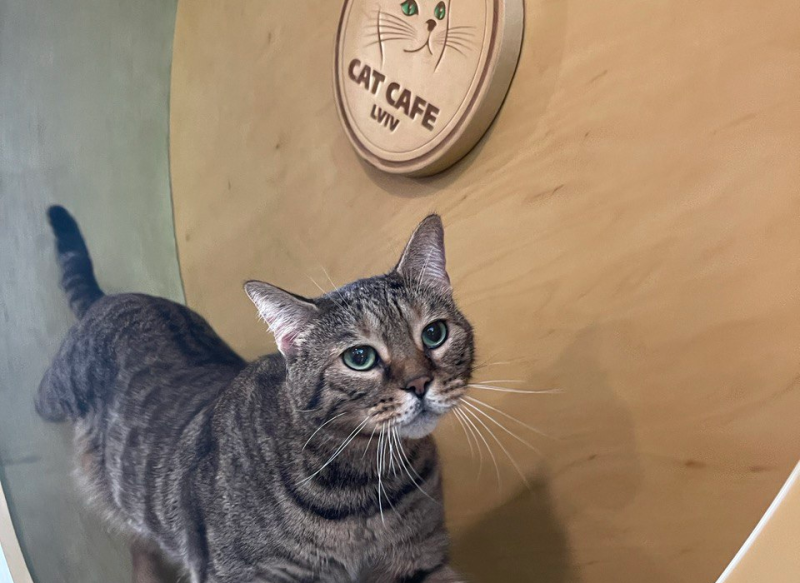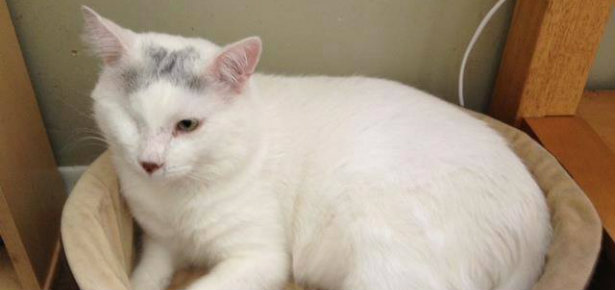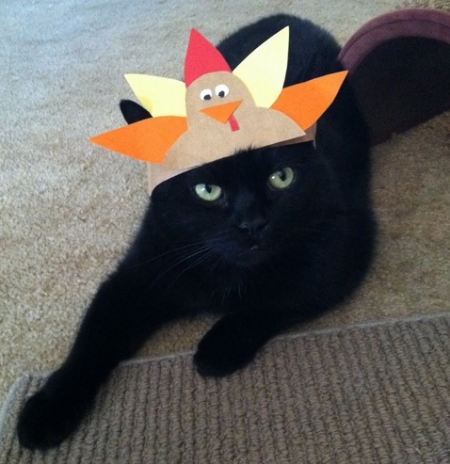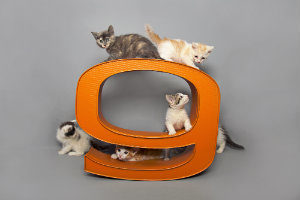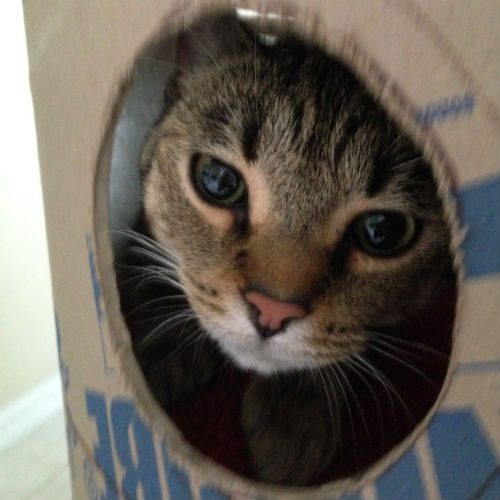
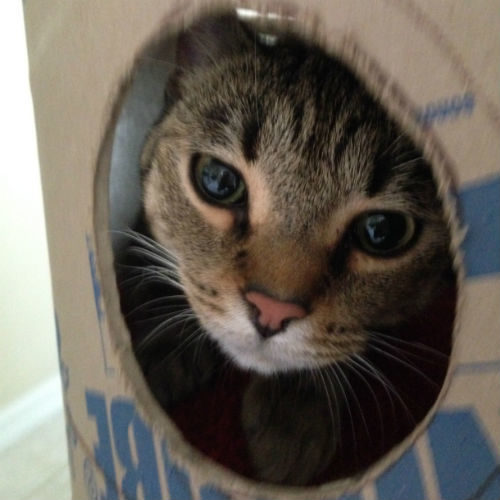
A Q&A with Mario Arbore of Square Paws
Q: How long has Square Paws been in business?
A: I’ve had my architecture practice for the past 15 years, but I’ve only recently created Square Paws in early 2014 as an offshoot of my practice.
Q: What prompted you to start Square Paws?
A: Having three cats of our own, my father and I had started cobbling together cardboard boxes as play-centers for our cats. It never ceases to amaze me how some of the simplest things can incite a cat’s curiosity to investigate and play. But I wanted to make something more substantial than cardboard boxes and duct tape. So I began to sketch some ideas for cat towers, using nautical themes initially. I wanted to create items that would draw upon my background as an architect, to create iconic conversation pieces, yet still be very cat-friendly. I began with the “lighthouse” and branched out from there.
Q: Describe what Square Paws does.
A: What we do is create unique pet furniture, even though, at the moment, the focus has been solely on felines. The items we create are showpieces, a kind of functional, occupiable artwork, rather than the typical beige boxes that get tucked away in corners or hidden when company comes over.
Q: How did you come up with the name “Square Paws”?
A: The name comes from the ubiquitous term “cat condos.” Working on condominiums in New York City, I was all too familiar with my clients’ bragging rights of square footage. I decided, “If human condos are measured in square feet, then cat condos should be measured in square paws.” I could just imagine a New Yorker cartoon in my head: one cat showing off his condo to another cat, boasting about how this one is DOUBLE the square paws that his last one was.
Q: What exactly is so unique about your cat towers?
A: What we do differently than your average cat condo producer is to bring the same sense of play and whimsy that is inherent in felines to the objects they inhabit. Because cats are so curious, it tends to bring out a parenting curiousity in their owners. In the same way parents take joy in a child’s first words or their first time riding a bike, we cat “custodians” become obsessed with “what is that little rascal up to now,” or “where did he/she go now.”
In that spirit of “cat watching,” I wanted to create play-centers for cats that would bring joy and wonder to the onlooker. I wanted to spark a person’s imagination in the same way a fable or fairy tale allows children to dream.
Plus, listening to my clients is very important. For example, in creating the “giraffe” for my cousin, I knew that two of her four cats really enjoy nesting in bowls. So, I used a salad bowl as the pinnacle resting point, which became the back of the giraffe’s head. And I used the wooden salad spoons as the giraffe’s ears, so as not to let any part of the salad bowl set go to waste.
Q: Is using everyday items in your work a theme?
A: I wouldn’t say it’s a theme, but it’s been born out of necessity, really. Not having an endess woodshop with tools like a wood lathe, you find yourself getting creative with things you can buy at Lowe’s. For example, on that same giraffe piece, I fashioned two tapered credenza legs as the giraffe’s horns. And to create the giraffe’s mane, I attached two industrial-sized garage door sweeps to the back of the structure.
Also, whenever possible, I love to re-purpose old things, especially items that people are throwing out. I’ve taken a metal plant-stand and used it as part of the base for my “Cat’s Cradle” design. I’ve torn apart an old Colonial headboard for use on the “Royal Throne” model and for the snout of the “Seahorse.” And I’m not averse to small renovation projects on old, worn-out cat trees. People tend to throw them away once the sisal is terribly frayed and the carpet is worn. I’ll strip them down, put them back together in a different form and re-clad them. It’s becomes a whole new toy for the cats!
Q: Isn’t that impractical? You can buy a new cat tower for $100.
A: Yeah, there’s really nothing practical about what I’m doing. I pay retail costs on most of my materials; it takes me days, sometimes weeks, to fully realize my designs with man-hours that aren’t easy to re-coup in the selling price; they tend to be big and not easy to move around; packaging and shipping them is an ordeal; plus, cats make a mess of things (fur on the carpet, tearing at the sisal, pulling the toys off the structure).
But our pets bring so much happiness to our lives. This is my way of honoring the love they give us.
One of my greatest joys for me is hearing people who see my cat towers and say, “You know, I don’t really like cats, but I may have to get a cat just so I can have one of your pieces for them to play in.” Watching the kitties scale my work is one of the most engaging things for people to witness. And that palpable joy they have becomes something the cats seem to feed off of and interact with. It’s great!
Q: What’s your personal background and how has that shaped your work?
A: I grew up in the suburbs of New York City: Bethpage, Long Island, to be exact. It was a great place to grow up, having all of the comforts of the suburbs, but still being a train ride away from the culture and hubbub of the City.
I was the middle of three sons in an Italian-American family. My father and his family immigrated to the US from southern Italy when he was 13, and our family had very close-knit ties to aunts, uncles, and cousins. In many ways, I think my Italian heritage greatly informs my artistic approach to this endeavor. Italy is a land overflowing with beauty, and I’m thankful that I have some of that DNA in my blood.
Q: How does being an architect affect your work?
A: In some ways, what I’m doing now with Square Paws is a real departure from my architecture practice. It straddles the lines between a retail product and artwork, and both of those realms are different from anything I did to create my architectural practice. And yet, I very often draw upon elements of structure, proportion, color and form…items very much in the lexicon of architecture.
I’d say two of the most important elements of cat tower design are scale and materials. I’ve actually studied, and continue to study, my cats to see the heights, widths, and depths of spaces they like, their jumping distance, and what types of materials they respond to. Cats are not all the same, either. It’s important to note which cats like to climb, which like to nestle in closed spaces, how they interact with any other animals in the house. I try to take all of this into account in the same way I do with my architectural clients.
Join the newsletter and never miss out on cat content again!
"*" indicates required fields
By clicking the arrow, you agree to our web Terms of Use and Privacy & Cookie Policy. Easy unsubscribe links are provided in every email.





